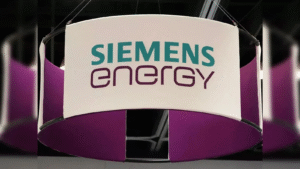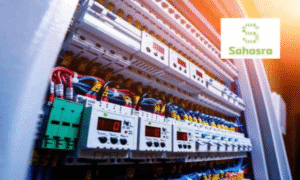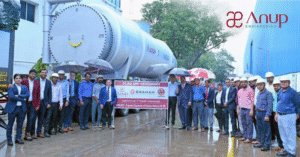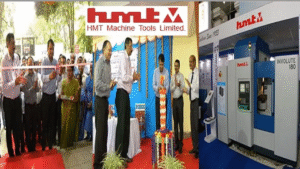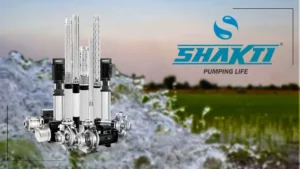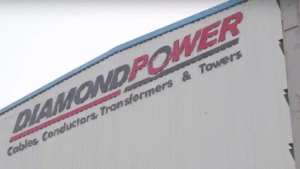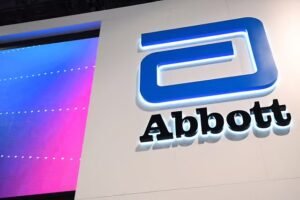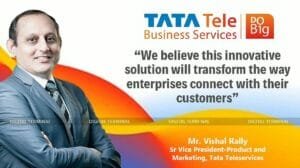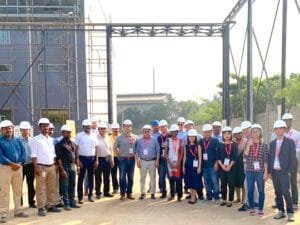1. At a Glance
Rajesh Power Services Ltd (RPSL) is that 1970s uncle who suddenly turned startup-cool after a 2024 IPO. With a₹2,358 Cr order book(10x FY24 sales), the company now sits on more contracts than Netflix has flop shows. It wires up everything from extra-high-voltage substations to solar farms while flirting with green hydrogen like a teenager discovering crypto. Stock’s trading at30x earnings, promoters hold a chunky73%, and CRISIL just gave them an A-/Stable. In short: this is the electrician who doesn’t fix your fan but electrifies an entire city.
2. Introduction
Let’s rewind. 1971 — RPSL was born when India was still figuring out how to keep the lights on during cricket matches. For decades, it did power consultancy work in Gujarat and beyond, the kind of unglamorous but essential job that ensured transformers didn’t blow every time someone switched on a cooler in May.
Fast forward to 2024, and the company went public, raised₹160 Cr, and decided to rebrand itself as the future of India’s energy backbone. IPO money was earmarked for solar projects, hydrogen experiments, and (very importantly) fancy testing equipment that makes engineers look like they’re doing NASA-level work.
The numbers tell you why people are paying attention: ₹1,107 Cr in FY25 sales, ₹93 Cr PAT, and a healthy double-digit OPM. Not Reliance scale, but for a mid-cap SME, this is serious juice. Oh, and the order book is10x revenue— meaning they’ve got enough work to keep their 940 employees busy until Elon Musk finally sets up a Gigafactory in Gujarat.
3. Business Model (WTF Do They Even Do?)
RPSL isn’t just a “power company.” Think of it as the Swiss Army knife of electricity:
- EPC Services: Builds EHV substations, transmission lines, and underground power distribution. Basically, they’re the guys you call when you need to plug Gujarat into Rajasthan without frying the cows in between.
- Renewable Energy: Runs a 1 MW solar plant, setting up more, and poking around green hydrogen (with BARC — because if you’re going nuclear, might as well hang out with scientists who build reactors).
- Operations & Maintenance: Keeps substations and solar plants humming, fixes cable faults, and ensures nobody sues when the power goes out.
- Consultancy: Tender documentation, DPRs, and project design. Yes, the boring paperwork side that
- actually pays surprisingly well.
- Diversification: Took a 26% stake in HKRP Innovations — an IoT/cloud play. Translation: they want to add “AI” to their investor deck.
So yes, they’re a mix of hardhat engineering, green energy experimentation, and some buzzword investing.
4. Financials Overview
| Metric | H2 FY25 (Mar 25) | H1 FY25 (Sep 24) | FY25 (Annual) | YoY % | QoQ % |
|---|---|---|---|---|---|
| Revenue (₹ Cr) | 790 | 317 | 1,107 | – | 149% |
| EBITDA (₹ Cr) | 94 | 40 | 134 | – | 135% |
| PAT (₹ Cr) | 65 | 28 | 93 | – | 132% |
| EPS (₹) | 36.2 | 18.5 | 51.8 | – | 96% |
| EPS Annualised | 72.4 | – | 51.8 | – | – |
Commentary: Revenue doubled in six months, profits scaled faster than an EV stock, and margins are a stable 12%. Annualised EPS puts the P/E closer to 21x if growth sustains, not the scary 30x headline.
5. Valuation (Fair Value RANGE only)
a) P/E Method
- EPS FY25: ₹51.8
- Industry P/E: ~32
- FV = 51.8 × 32 =₹1,658
b) EV/EBITDA
- EBITDA: ₹134 Cr
- EV: ₹2,823 Cr
- EV/EBITDA = 21x vs industry avg ~15x
- Normalised FV = (134 × 15) ÷ 1.8 Cr shares ≈₹1,117
c) DCF (approx)
- Assume 20% CAGR profits for 5 years.
- FV range ~₹1,300–₹1,600.
👉Fair Value Range: ₹1,100 – ₹1,650Disclaimer: This FV range is for educational purposes only and is not investment advice.
6. What’s Cooking – News, Triggers, Drama
- IPO Fresh Funds: Going into solar, hydrogen, and shiny new testing toys.
- CRISIL Upgrade (Aug 2025): Now A-/Stable. Translation: banks will actually answer their loan calls.
- Dividend Declared: ₹1 per share —
